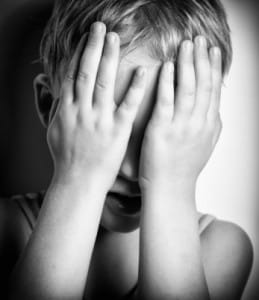
According to them one out of four children have been exposed to some form of family violence – hearing it, seeing the results of it or being told about it. This equates to about 18.8 million U.S. children. Around 90% of them have witnessed it directly at least once.
The survey found that male parents or caregivers were the perpetrators in 69% of the incidents. Non-live-in boyfriends were responsible for 11% of the family violence cases. Female parents or caregivers were perpetrators in 23% of the cases. Both male and female caregivers were found to be responsible for about 9% of the cases.
According to UNH Crimes against Children Research Center research associate and lead author of the study Sherry Hamby,
“Not surprisingly, giving this high rate of eyewitness exposure, children had strong reactions to the exposure. Almost half yelled at their parents to stop, more than 2 in 5 tried to get away from the fight, and nearly 1 in 4 called for help.”
But fights were not limited to just parents fighting. Parents assaulting siblings, teen siblings assaulting others, and even assault of other family members were also included in the study.
“We want people to recognize that children’s exposure to violence in the family is not limited to fights between parents. They also see parents physically assault siblings and teens or adults physically assault other relatives,” said Hamby.
This particular study was conducted in 2008 and it included 4,549 children between the ages of 0-17. The UNH Crimes against Children Research Center hopes to achieve more comprehensive, up-to-date results with the debut of their new website, a site that will offer free access to the Juvenile Victimization Questionnaire. The questionnaire can be used in a variety of settings, allowing individuals outside of the family unit to provide more comprehensive help for children experiencing any form of family violence.
“We want to encourage people who have contact with children in a variety of settings – including teachers, pediatricians, nurses, child protection workers, and domestic violence advocates – to consider more comprehensive, collaborative assessments of the safety issues and needs of all family members,” said Hamby.
Related Posts:
- AAP New Policy Statement Recommends No TV for Kids Under 2
- 9-Year-Old Girl Driving with Drunk Dad in Passenger Seat Pulled Over by Detroit Police
- Genes Play a Part in Child’s Response to Parenting Says Study






